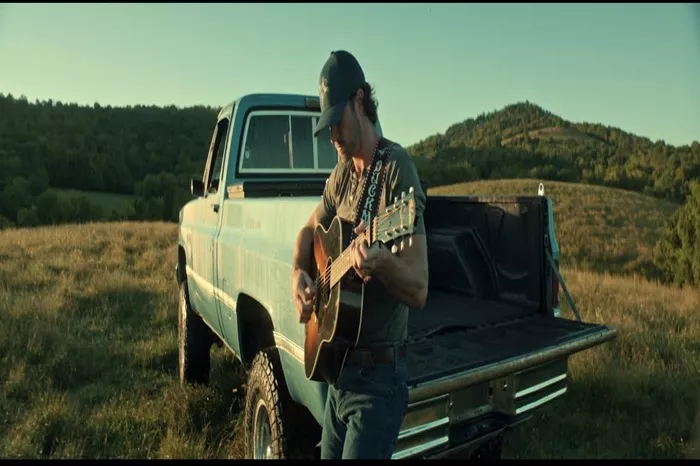Country music has been a staple in American culture for over a century. From its roots in folk and blues to its rise in the mainstream, country music has evolved significantly. However, with the advent of new musical genres and changing listener preferences, some fans and critics are asking, “Is country music dying?” This article delves into the current state of country music, exploring its evolution, challenges, and future prospects.
The Evolution of Country Music
Early Beginnings
Country music originated in the rural Southern United States in the 1920s. It was influenced by folk, blues, and gospel music. Early country music featured instruments like the fiddle, banjo, and guitar, and it often told stories of rural life, love, and hardship.
Golden Age
The 1950s and 1960s are often considered the golden age of country music. Artists like Hank Williams, Johnny Cash, and Patsy Cline brought country music into the mainstream. This era saw the rise of the Grand Ole Opry and the establishment of Nashville as the heart of country music.
The Nashville Sound
In the 1960s and 1970s, the “Nashville Sound” emerged. This style incorporated pop music elements to broaden country music’s appeal. Artists like Dolly Parton and Glen Campbell exemplified this crossover appeal, bringing country music to a wider audience.
The 1990s Boom
The 1990s witnessed a significant boom in country music popularity. Artists like Garth Brooks, Shania Twain, and Brooks & Dunn achieved massive commercial success. Country music began to dominate the charts, and its influence extended beyond traditional country fans.
See also: BEST 5 OF COUNTRY MUSIC MIX
Challenges Facing Country Music
Changing Listener Preferences
One of the most significant challenges facing country music today is changing listener preferences. The rise of hip-hop, electronic dance music (EDM), and indie rock has diversified musical tastes. Younger audiences are gravitating towards these genres, leading to a decline in country music’s mainstream appeal.
Streaming Services
The advent of streaming services like Spotify and Apple Music has transformed how people consume music. While these platforms provide greater access to country music, they also expose listeners to a broader range of genres. The algorithm-driven nature of these services can lead to a focus on more popular genres, potentially sidelining country music.
Homogenization of Sound
Critics argue that modern country music has become too homogenized. The incorporation of pop, rock, and hip-hop elements has led to a blending of genres. While this crossover appeal has broadened the audience, it has also diluted the traditional country sound, leading some fans to feel disconnected from contemporary country music.
The Current State of Country Music
Commercial Success
Despite these challenges, country music remains commercially successful. Artists like Luke Combs, Carrie Underwood, and Chris Stapleton continue to sell out arenas and top the charts. Country music festivals, such as CMA Fest and Stagecoach, attract thousands of fans each year, indicating a sustained interest in the genre.
Diversity and Inclusion
The country music industry has made strides toward greater diversity and inclusion. Historically dominated by white artists, the genre is beginning to embrace a broader range of voices. Artists like Mickey Guyton, Jimmie Allen, and Kane Brown are bringing new perspectives to country music, attracting a more diverse audience.
The Role of Social Media
Social media platforms like TikTok and Instagram have become crucial for promoting country music. Artists can reach fans directly, bypassing traditional media channels. This direct engagement helps build a loyal fan base and keeps country music relevant in the digital age.
The Future of Country Music
Embracing Innovation
To remain relevant, country music must continue to embrace innovation. This includes experimenting with new sounds and collaborating with artists from different genres. The success of crossover hits like Lil Nas X’s “Old Town Road” demonstrates the potential of genre-blending to attract new audiences.
Supporting Emerging Artists
Supporting emerging artists is vital for the future of country music. Independent artists and smaller labels are bringing fresh perspectives and sounds to the genre. Platforms like YouTube and Bandcamp allow these artists to reach global audiences without traditional industry gatekeepers.
Preserving Tradition
While innovation is essential, preserving the core elements of country music is equally important. Storytelling, authenticity, and a connection to rural life are hallmarks of the genre. Balancing tradition with modernity will help maintain the genre’s identity while appealing to new listeners.
Conclusion
Country music is not dying; it is evolving. The genre faces significant challenges, including changing listener preferences, the rise of streaming services, and the homogenization of sound. However, it remains commercially successful and continues to attract a dedicated fan base. By embracing innovation, supporting emerging artists, and preserving its core traditions, country music can continue to thrive in the modern musical landscape.
In conclusion, country music’s future lies in its ability to adapt while staying true to its roots. As long as there are stories to tell and emotions to convey, country music will continue to resonate with audiences. The genre’s rich history and ongoing evolution ensure that it will remain a vital part of American culture for years to come.
Related topics:
6 OF THE BEST COUNTRY MUSIC VIDEOS WITH A STORY
WHERE WAS THE SOUND OF MUSIC FILMED?
WHERE CAN I WATCH COUNTRY MUSIC HALL OF FAME?

